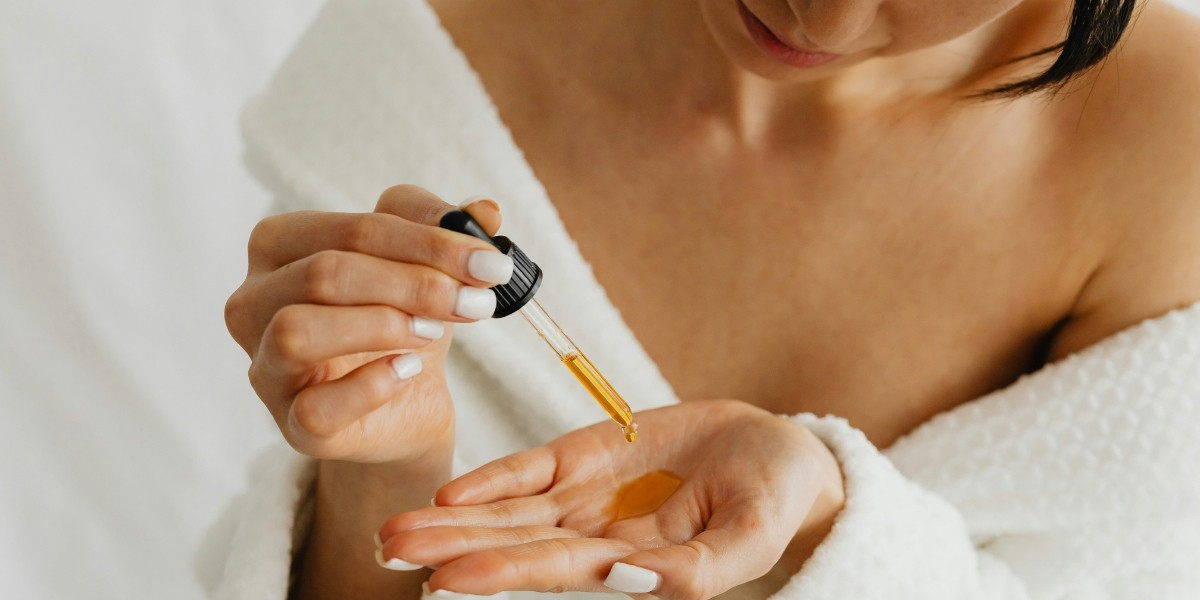In today’s world, one of the simplest and most effective ways to protect yourself from germs and infections is through proper handwashing. It’s a small action that can make a huge difference in preventing the spread of illness. Whether at home, at work, or out in public, handwashing should be a key part of your daily routine. This article will explore the best handwashing techniques for germ prevention, why they are so important, and how to make sure you’re doing it correctly.
Read Also: How to Get Rid of Bad Breath Naturally
Why is Handwashing So Important for Germ Prevention?
Germs are everywhere. They can spread quickly and easily, especially in environments where people are in close contact. From public transportation to shared office spaces, germs can thrive in many places. Handwashing is an essential tool in preventing the spread of these harmful microorganisms. It not only helps to stop the spread of cold and flu viruses but also plays a significant role in preventing foodborne illnesses, skin infections, and even more serious diseases like COVID-19.
By thoroughly washing your hands, you can remove dirt, bacteria, and viruses, reducing the risk of infection. This simple step is your first line of defense against a wide variety of harmful germs.
How to Wash Your Hands Correctly
The key to effective handwashing lies in technique. Here are the basic steps to ensure you’re washing your hands correctly:
1. Wet Your Hands with Clean, Running Water
Start by wetting your hands with clean, running water. Turn off the tap to conserve water, and apply enough soap to cover all surfaces of your hands. Using soap is crucial because it helps break down grease and oils, allowing germs to be more easily washed away.
2. Lather Your Hands with Soap
Rub your hands together to create a lather, making sure to cover all parts of your hands, including the backs of your hands, between your fingers, and under your nails. Lathering is essential because it helps lift dirt and germs from the surface of your skin.
3. Scrub for at Least 20 Seconds
Scrub your hands for at least 20 seconds. This ensures you’re giving enough time to remove germs effectively. If you’re unsure how long this is, hum the “Happy Birthday” song twice—this is about the right amount of time to scrub thoroughly.
4. Rinse Your Hands Well
After scrubbing, rinse your hands under clean, running water. Make sure to remove all soap residue, as any leftover soap can contribute to skin irritation.
5. Dry Your Hands Completely
Dry your hands using a clean towel, air dryer, or paper towel. It’s essential to dry your hands completely because germs are more likely to spread on damp skin. In public restrooms, using a paper towel to turn off the faucet and open the door can help you avoid re-contaminating your hands.
When Should You Wash Your Hands?
Knowing when to wash your hands is just as important as knowing how to do it. There are several key moments throughout the day when handwashing is essential for germ prevention:
-
Before eating or preparing food: Wash your hands to prevent transferring germs to your food.
-
After using the restroom: This is one of the most critical times for handwashing.
-
After coughing, sneezing, or blowing your nose: Wash your hands to stop the spread of respiratory germs.
-
After touching shared surfaces: In public places, shared items like door handles, escalator rails, and public transport buttons can carry germs.
-
After handling trash or cleaning up: Wash your hands to avoid spreading germs from dirty surfaces or waste.
By staying aware of these moments and washing your hands regularly, you can significantly reduce your chances of becoming sick.
Are Hand Sanitizers a Good Alternative?
While handwashing with soap and water is the most effective method for germ prevention, hand sanitizers can be a good alternative when soap and water are not available. However, not all hand sanitizers are created equal. To be effective, a sanitizer should contain at least 60% alcohol. The alcohol helps kill germs on your hands, but keep in mind that sanitizers may not remove dirt and grease as effectively as soap and water.
If you’re using hand sanitizer, make sure to apply enough to cover all surfaces of your hands and rub them together until they feel dry. Don’t wipe your hands before the alcohol has had time to work.
Common Handwashing Mistakes to Avoid
Even though handwashing seems like a simple task, people often make mistakes that can reduce its effectiveness. Here are a few common errors to watch out for:
-
Not scrubbing for long enough: A quick rinse and lather may not be enough to remove all germs. Make sure to scrub for at least 20 seconds.
-
Skipping areas: Don’t forget to wash between your fingers, under your nails, and the back of your hands.
-
Using dirty towels: Drying your hands with a dirty towel or cloth can reintroduce germs.
-
Not using soap: While rinsing with water alone may remove some dirt, soap is essential for properly eliminating germs.
Avoiding these mistakes can ensure your handwashing is as effective as possible in preventing the spread of illness.
The Benefits of Good Handwashing Hygiene
Incorporating handwashing into your daily routine is a small habit that can have big rewards. By washing your hands thoroughly and frequently, you help:
-
Protect yourself from illnesses like colds, flu, and gastrointestinal infections.
-
Prevent the spread of germs to others, especially in public spaces or at home with vulnerable individuals.
-
Enhance overall hygiene and reduce the risk of chronic skin conditions or infections.
By adopting proper handwashing techniques, you’re not only protecting yourself but also contributing to a healthier environment for those around you.
Read Also: Revitalize Elderly Health: Practical Solutions for Graceful Aging
Keep Your Hands Clean, Stay Healthy
Handwashing remains one of the simplest and most powerful tools in germ prevention. Whether you’re at home, at work, or out in public, washing your hands regularly can dramatically reduce the spread of illness. By following proper techniques and knowing when to wash, you can stay healthy and protect those around you. So remember—clean hands are healthy hands!







